One Piece, found in the East Kishu
Travel around to find relations
Travel on the National Route 311
On the east coast of Kii peninsula lies a ria coast, twisting and turning like edges of a saw. Inlets there have few waves and deep sea levels, so have been used as ports since old times and inshore fisheries and aquaculture have been the source of economy in this area called “East Kishu”. This time I decided to travel on the national route 311, which goes along the ria coast, to see its overwhelming nature and the calm life of the port town.
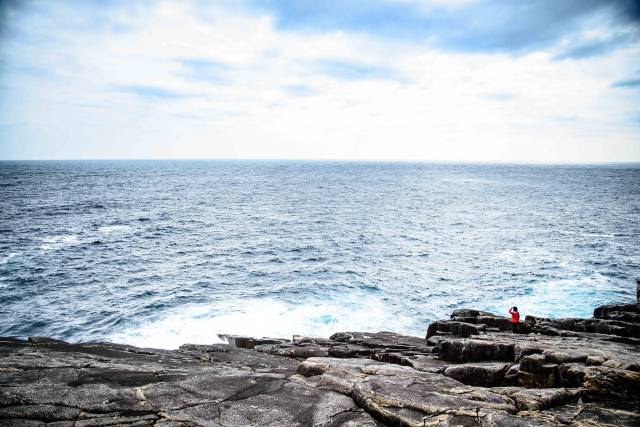
Overwhelming sights
I got out from the Kise free way at Atashika interchange and drove along the coast following the national route 311, then go up to the North with Atashika beach covered with shiny sands to head for the first destination, Tategasaki. I parked my car on the national route and walked for 40 minutes to get there. After walking along a trail corkscrewing through the woods, I found a wide granite slope on the sea. Between white foams of crashing waves and the stretching horizon stands high and proudly Tategasaki, consisting of sheer granite columnar joint, which is one of the particularities of ria coast. Overwhelmed by the sight of this fantastically shaped rock, I felt the power of nature, which created this landscape.
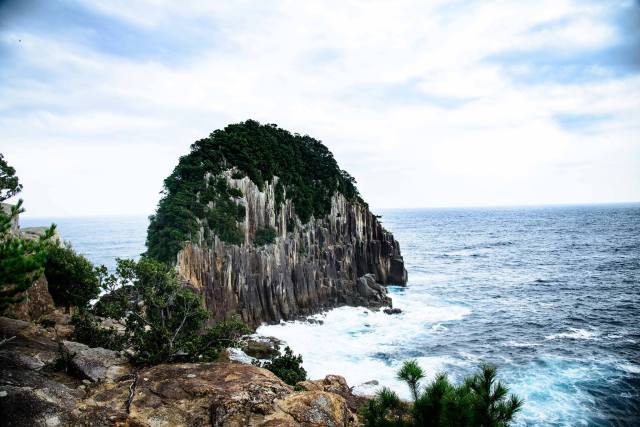
Landscape changes one after one mountain
Passing Tategasaki to the North, I reached a rock shore and a cliff beaten by the waves. These heavy waves of the Pacific scratches the mountains and creates rocks. Washed and turned by the waves many times, the rocks lose its edges and become round on the shore. This sight of mountain and ocean crated by the power of waves made me feel the time the everlasting nature passed.
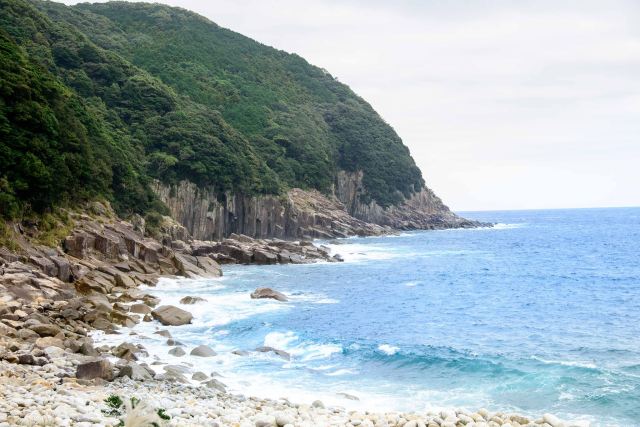
Life in a fish town and forest
The landscape changes drastically from Kumano-shi to Mikisato-cho, Owase-shi, the entrance of “Yakiyama-toge”, one of the most difficult passage of the world heritage “Kumano-kodo”. This town has a white sand beach, which is surrounded by capes sticking around. I headed forward to the North along the national route 311 leaving the calamity of the beach.
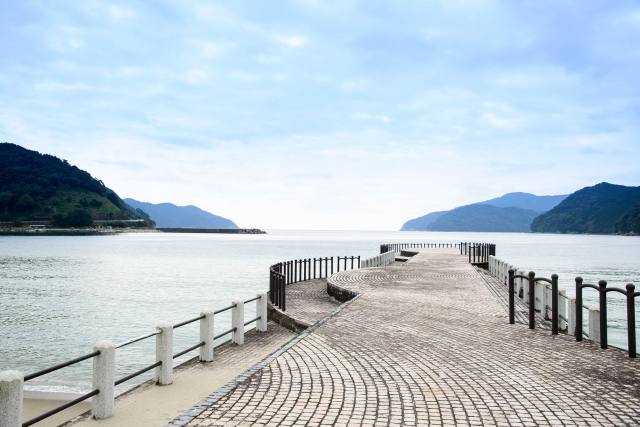
People in Owase have been fishing yellowtail amberjacks using fixed nets for a long time. Haida is one of such towns of Owase. I visited Akane forest, which spreads at the entrance of this town. The forest park is located on Nasa cape, facing Kuki bay, and filled with broad-leaved trees such as camphor, Machilus thunbergii, ubame oak, wax myrtle, etc., and many people visit there to have a walk. Ubame oaks grow quickly and can resist salty winds, so often seen in the mountains behind fish towns and used as fuel, supporting the life of the people living there. As they need woods, they also maintain the mountains and rain fell on the mountains nourishes the sea, where they take fish, which support their life. I walked through the mountains the fishermen grow and protect.
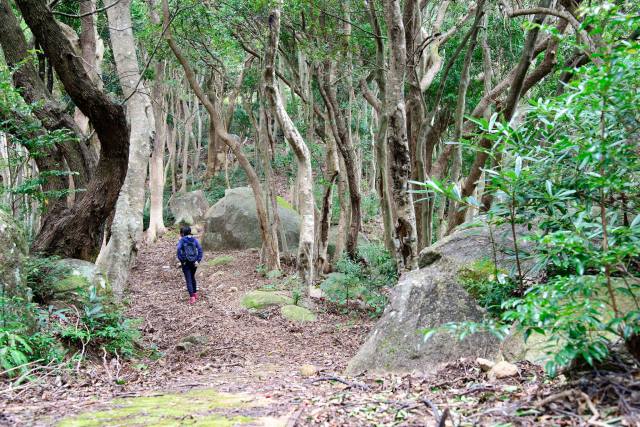
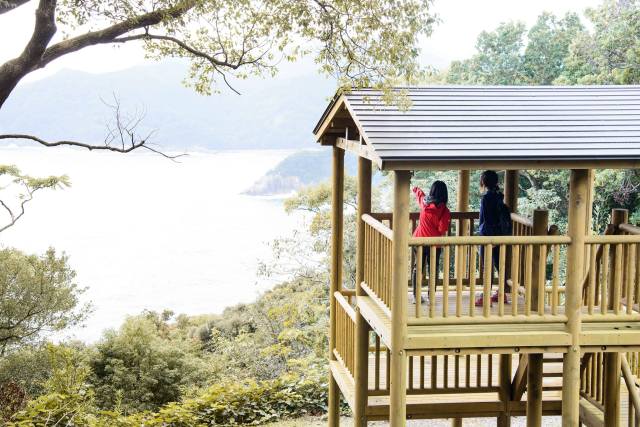
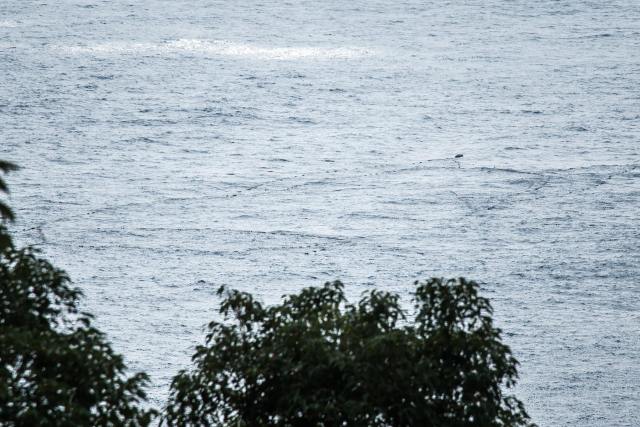
We can see a big fixed net from the observatory of Akane forest. We can also see fishermen manipulating it. I could not help my heart getting filled with appreciation for this rich nature, which gives us tons of fish even that close to the land.
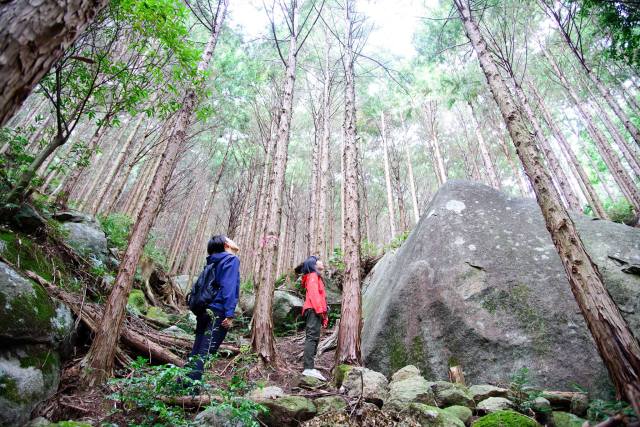
Going past Haida to Kuki on the national route 311, the view also changes. The forest there consists of Owase hinoki cypress and forestry used to be a industry. Mr. Tsukasa Miyazaki maintains the forest and he help us walk through it. Cypress trees grow straight to the sky on steep hills with poor nutrition. They grow slowly over a long time in such harsh conditions and their grow rings have narrow intervals. They are shiny and rich in oil and said to be very strong and resistant.
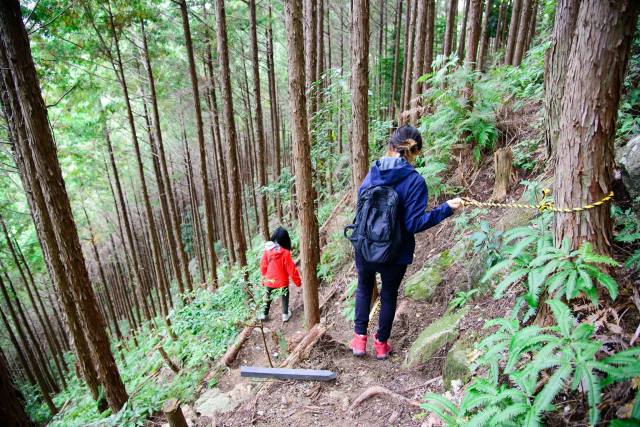
Construct paths on steep grounds and thin the forest by cutting branches on the trees. It is already hard to walk through these paths but should be even harder to do these works. It requires years and years to grow mountains. The works there are to create the future of 80 or 100 years later.
Sea, roads and houses: landscape in one piece
The slow trip northward on the national route 311 turned to the town of Kuki. People used to wait for favorable winds there and the port town was prosperous. Cargo ships sailing between Edo and Osaka would stop by in those days. Now the port has no dykes or crash barriers, which we can not often see. Sea, roads and houses look like connected together in one piece.
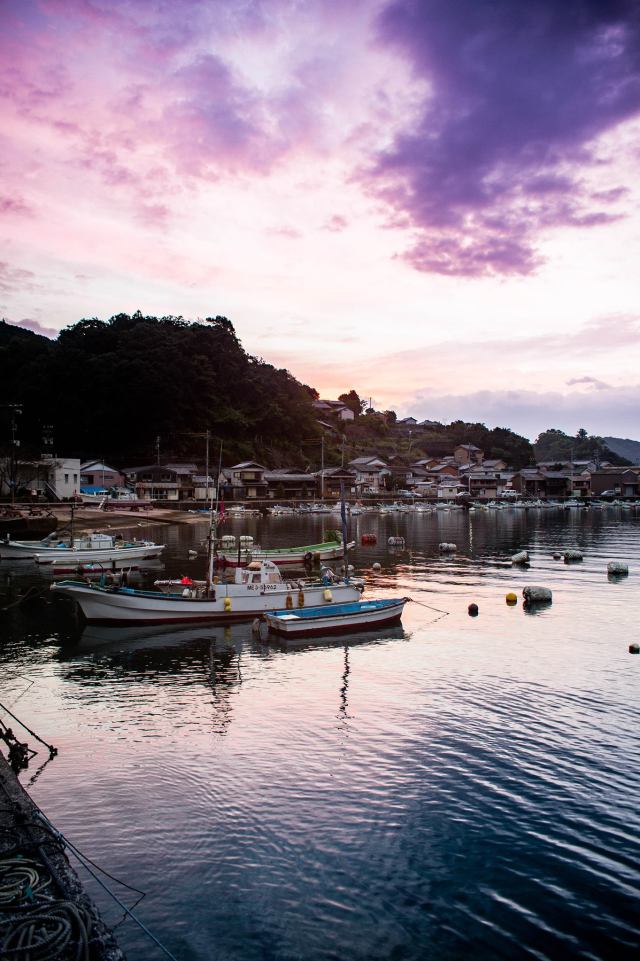
The trip to visit sea, forests and mountains in East Kishu started from the splendid view of ria coast, went on with different mountain views and ended in Kuki so far. I left the scorched horizon of Kuki bay for Owase to fill my stomach.
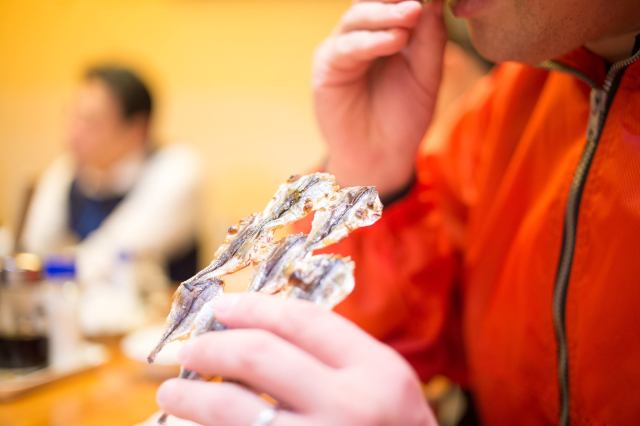
Eat in Owase, town of barhopping
Owase is located in the southern part of Mie prefecture and has a population of 18,000. Fishery and forestry are prosperous here and people still have a culture of barhopping. There are more than 60 restaurants in the downtown and they hold many events like “Bar hopping festa of Owase seasonal tapas”. There are several hypotheses for the origin of bar hopping but the most convincing is said to come from the small land surrounded by the sea and mountains that didn’t allow houses to have much space between them. Some open very early and some close very late, for example, a pub opening at 3 pm and an okonomiyaki shop closing at 8 am. It can also be a cultural particularity of fishing town.
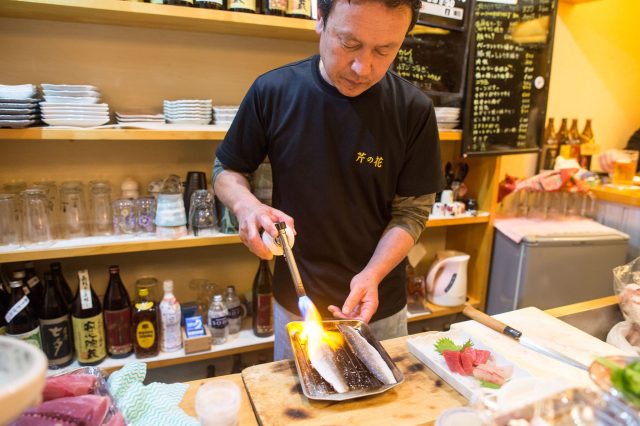
“No fish without fishing. You are lucky.”
The first dish you should try in Owase is sashimi, sliced raw fish. I went to a pub whose owner used to work for Japan Fisheries. The sashimi of that day were barracuda, yellowfin tuna and child greater amberjack.
The owner came up with an idea of running a restaurant that the local people of Owase would like to come to eat good fish while he was working for Japan Fisheries, so he actually started this business. “It is quite normal that the fish here are fresh but I would like people to enjoy and appreciate really good fish.” Thanks to his long carrier of Japan Fisheries, he has a good sense of judging fish. Sometimes he doesn’t buy fish at all if he doesn’t find good one. “Some might come here on a typhoon day and ask what today’s sashimi are. I would just refuse these customers.” Even a fish town does not have fish sometimes. No fish without fishing. It sounds totally obvious but you can always find fish in supermarkets of big cities. Such expectations don’t work in fish towns.
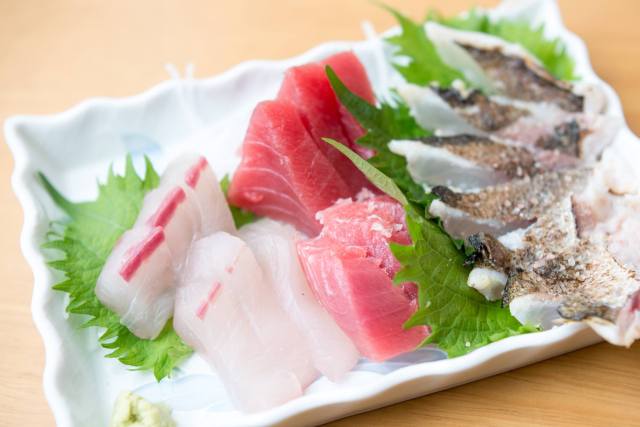
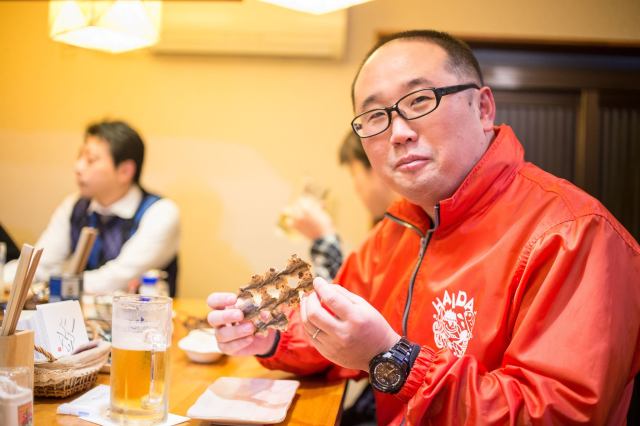
Do you know this? It’s Tsunagi
Do you know this? It’s Tsunagi
Mr. Kota Yuasa guided me in Owase. He was born in Owase but worked in Nagoya once. He came back here when he got a child and now works for Haida branch of Japan Fisheries. “I want to raise my child in Owase where I was born and raised.”, says Mr. Yuasa.
“This is tunagi, typically Owase, specialty of Owase.”
Tunagi is a kind of dried mackerel or horse mackerel. First you open this type of fish, then marinate with mirin and finally dry them to make tunagi. It has a very unique shape consisting of jointed small fish, sweet flavor of mirin and soft texture of chewability. This name is said to come from its shape, connected fish. (The verb to say “connect” in Japanese is “tsunagu” and “tsunagi” is its gerund form.) Or because it was cooked in intervals of works. “Tsunagu” also means to “relay” and they say so when “relaying” works. But is getting rare and rare to find tunagi in restaurants these days.
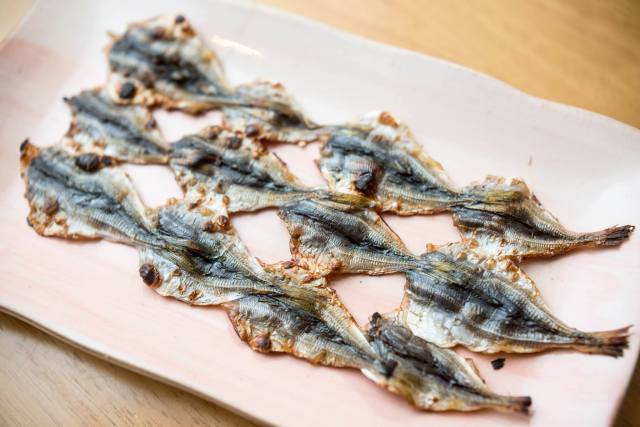
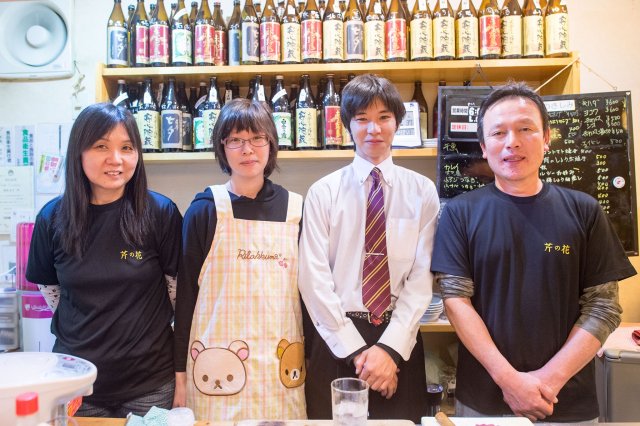
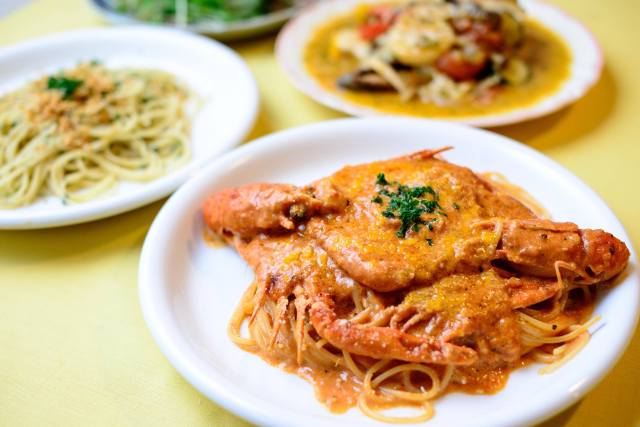
Spaghetti of Owase, town of shrimps
As they have a variety of fishing methods , both costal and pelagic fisheries, using fixed nets, dragnets, gill nets and longlines, Owase port is full of different kinds of fish, and especially the shrimps. They have more than 8 kinds: lobsters, freshwater prawns, botan shrimps, etc., and some can be eaten only in Owase because they quickly go stale.
My second place for bar hopping was an Italian restaurant that serves a fine dish using shrimps. Its specialty is “spaghetti with spider lobster and tomato cream sauce”. The official name of “spider shrimp” is “cervimunida princeps”, a kind of squat lobster. They live deep in the sea, more than 200 meters deep, and you can barely find them in big cities.
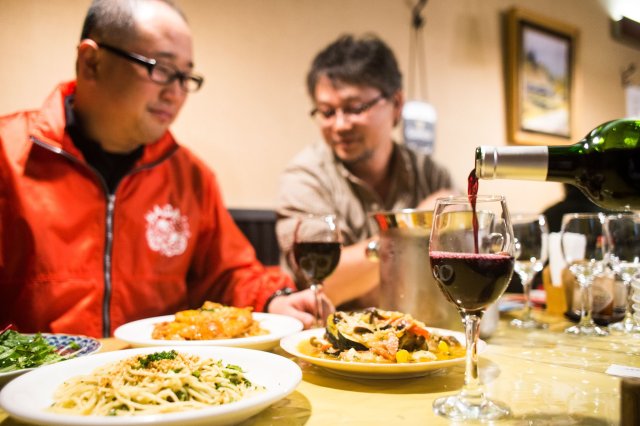
Spaghetti and wine. This bistro opened in 2006 is located close to Owase station, 5 minutes by walk. It is popular especially among house wives and they were actually enjoying the food and wine when I visited there. Owase would reminds you of sushi, sashimi, sake, etc., things rather Japanese and masculine, so, it surprised me that they have such a wonderful Western restaurant.
“It worth visiting by train only to eat something delicious.”
You can eat really fresh and local food only in the local place. So is “spaghetti with spider lobster and tomato cream sauce”.
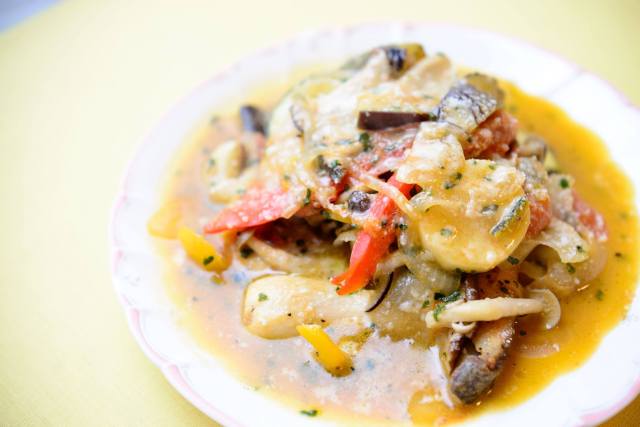
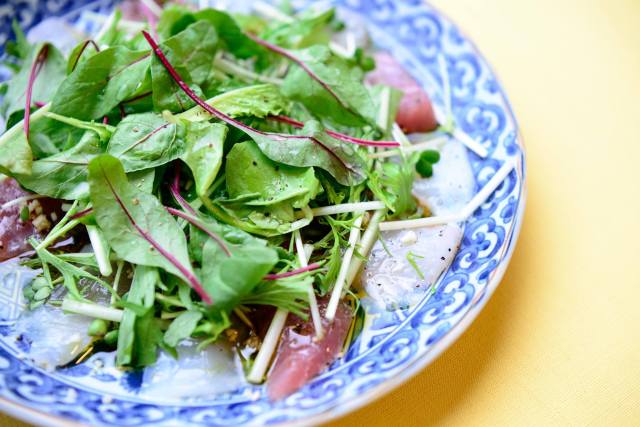
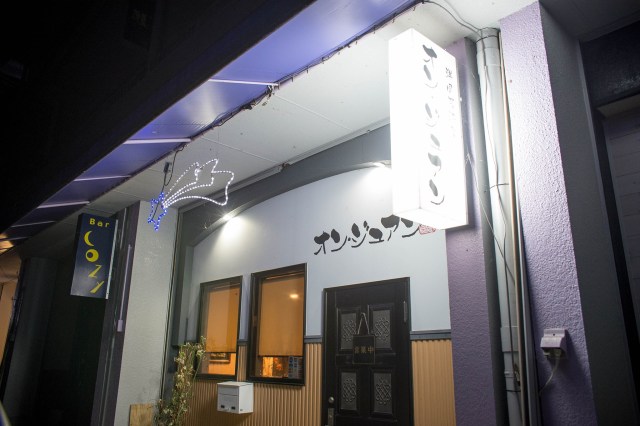
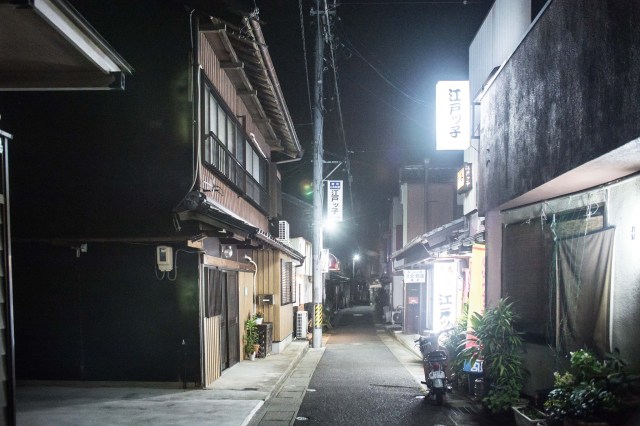
Walking around the town is also fun
On my way to the third place of bar hopping of Owase, I walked through a narrow back street with shining signs of restaurants between houses. You can fine such streets and restaurants all over the downtown of Owase. It is also fun to discover nice restaurants hidden between houses when walking around the town.
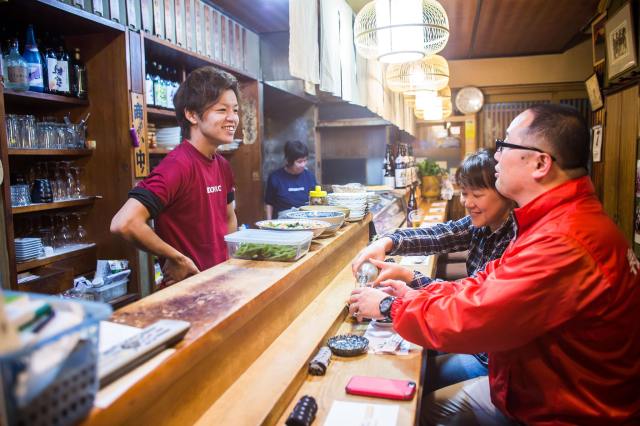
My third restaurant serves seasonal dishes, where Mr. Yuasa often come. Beer, wine, and sake. Hors d'oeuvre was spiny prawns and champoko, casual name for minor spiral seashells in general. Spiny prawns are also specialty of port town and eaten mostly in the local because they go bad and dark quickly. I feel jealous because only the local people can eat such delicious prawns for the reason that they go bad while shipping.


The owner is Mr. Ryo Noma, who studied cuisine in Osaka and succeeded the restaurant when his grandfather, the first owner, died. He runs this restaurant very hard and keeps the taste of his grandfather.
“I thought it would be impossible to keep running the restaurant when my husband died. I would have closed it if my grandson hadn’t said he would do.”, says Ms. Etsuko Noma, his grandmother. They don’t want to lose any single light of their town by themselves. Keep the taste, keep the view, which may be the life they keep in Owase, town of bar hopping.
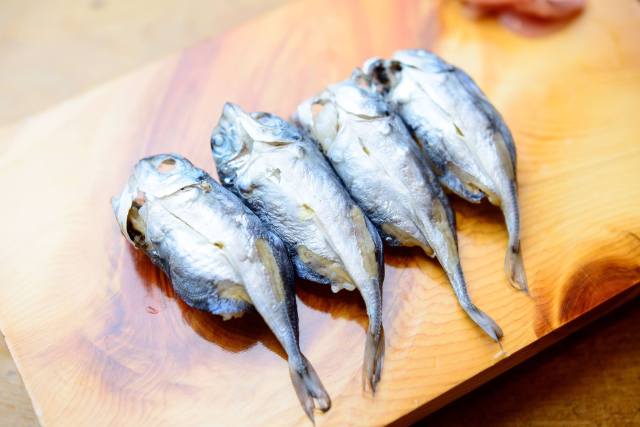
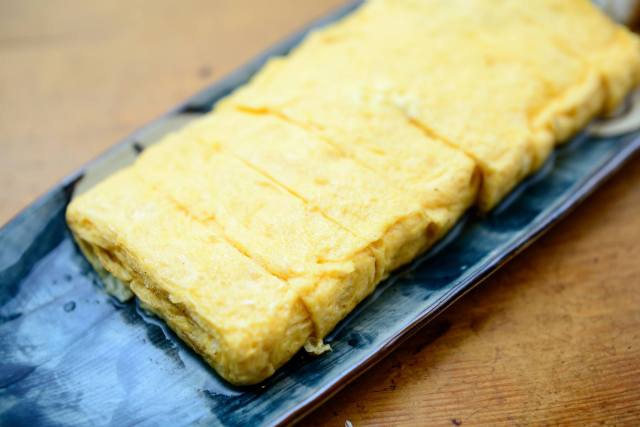
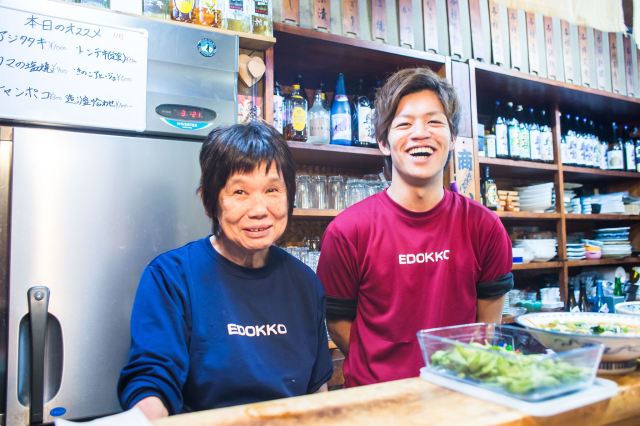
To relate, to get related
The population is aging and decreasing in East Kishu. The town of Haida, where Mr. Yuasa works, organizes “Haida fishing lectures” to educate new fishermen. Students can have real fishing experience for 4 weeks and many have actually become fishermen.
“It is easy to lose but it is impossible to recover once lost. That’s why we would like many people to come, know and eat here. We would like them to feel that they don’t want to lose too and that it would be a shame to lose.
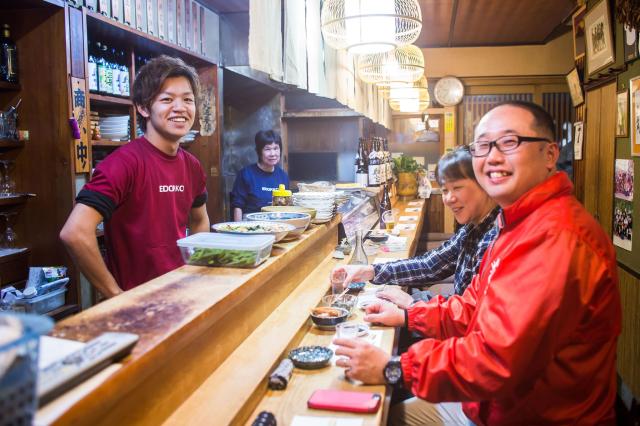
The trip started from Tategasaki in Kumano. Sea and mountains, forests and mountains, life and town, each related to each other, each living with each other.
This trip in East Kishu made me strongly feel this relationship in one piece.
Now, feeling the depth of the local, let’s hop on to the next one.
(November 7, 2016)
Produced for Web Magazine OTONAMIE by Masaki Kitada
Produced with the cooperation of
Seri no Hana
8-8 Nakai Cho,Owase City,Mie
Tel 080-1550-1911
Onjuan
10-1 Noji Cho, Owase City,Mie
Tel 0597-22-4222
Edokko
6-9 Sakae Machi, Owase City,Mie
Tel 0597-22-2666